Displacer Beasts in Dungeons and Dragons first appeared in the Greyhawk Supplement in 1975. They have been in the monster manual for every edition since that time. They are a favorite creature of my own dungeons. Many dungeon masters over the years have loved these wonderful creatures.
The inspiration for this monster is a science fiction story from 1939 named “Black Destroyer” written by A.E. Van Vogt. This story was later incorporated into a novel by the same author in 1950 entitled “The Voyage of the Space Beagle.”
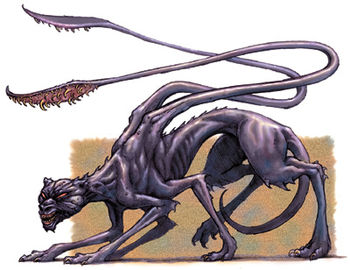
What is a Displacer Beast?
The Displacer Beast in Dungeons and Dragons has been described as a black panther (or puma) like beast that always appears about three feet away from where it really is. From their shoulders tentacles extend which are covered in thorns. The Displacer Beast has six legs. Sometimes the creature is found to be more bluish in color than black.
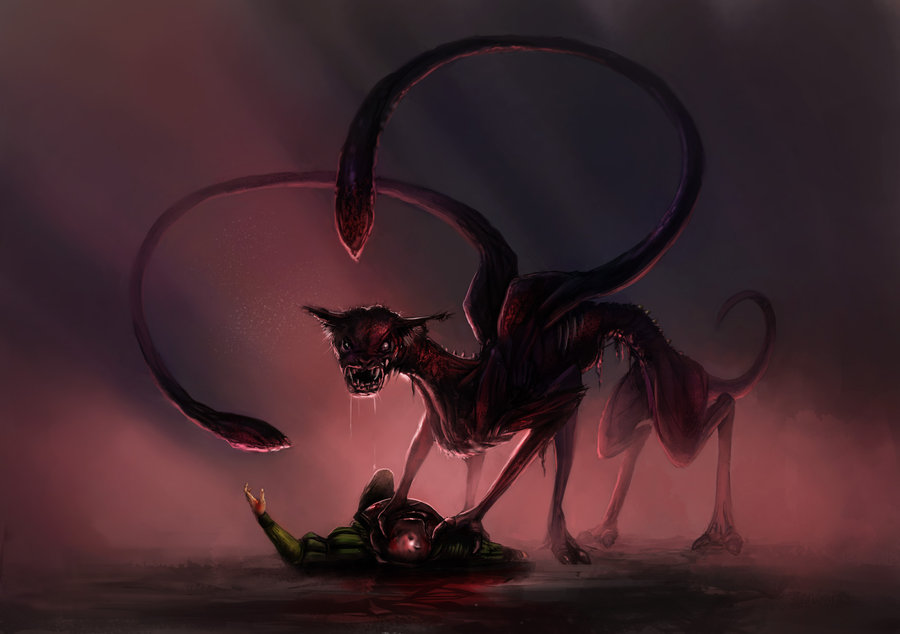
These creatures hate all other forms of life. Which makes them wonderful guardians in a dungeon setting. As they have few friends it is likely that anyone coming into an area in a dungeon that you want protected will be attacked on sight by these beasts. Yet they never fight among themselves. So why use one Displacer Bbeast as a guardian when you can use five? Or ten? These lovelies are so intent on killing that they have been known to sharpen the thorns on their tentacles on cave floors and dungeon tiles.
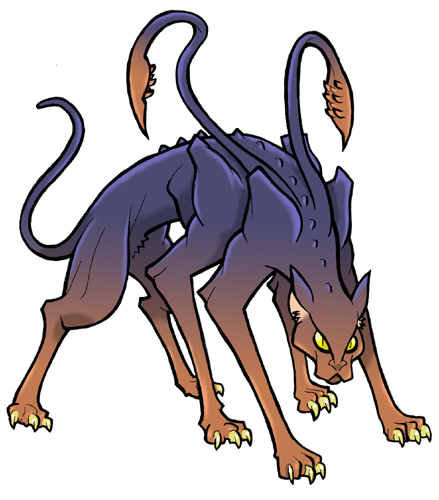
The Displacer Beast in dungeons and dragons is very hard to hit. They have a natural ability to “displace.” Displacement is a form of illusion in which the creature is actually a few feet away from where they appear to be. They are the natural enemy to the blink dog which has similar displacement ability.
The hide of a Displacer Beast is much sought after. The creature has magical properties and so does it’s hide. Alchemists seek it for potential potions. Wizards seek them for producing cloaks of displacement as well as potential spell components. Some thieves have been known to use the eyes of this creature as a good luck charm.
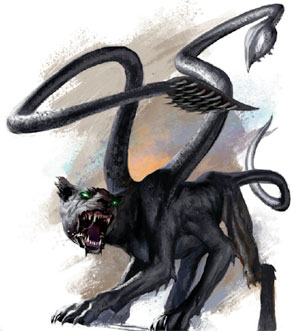
How does the Displacer Beast appear where it is not?
According to an article in issue 109 of the Dragon entitled The Ecology of the Displacer Beast the creature uses subtle molecular vibrations emitted from it’s flesh to refract light which distorts the beast’s true location. It appears that the creatures have specialized nerves in the outer flesh that allow this ability. It is unknown if the creature does this consciously.
Most initial attacks against the creature will miss as a result of this ability. This displacement ability makes the Displacer Beast highly resistant to magic, poison and even dragon’s breath. Their ability to dodge attack forms make them a deadly creature indeed.
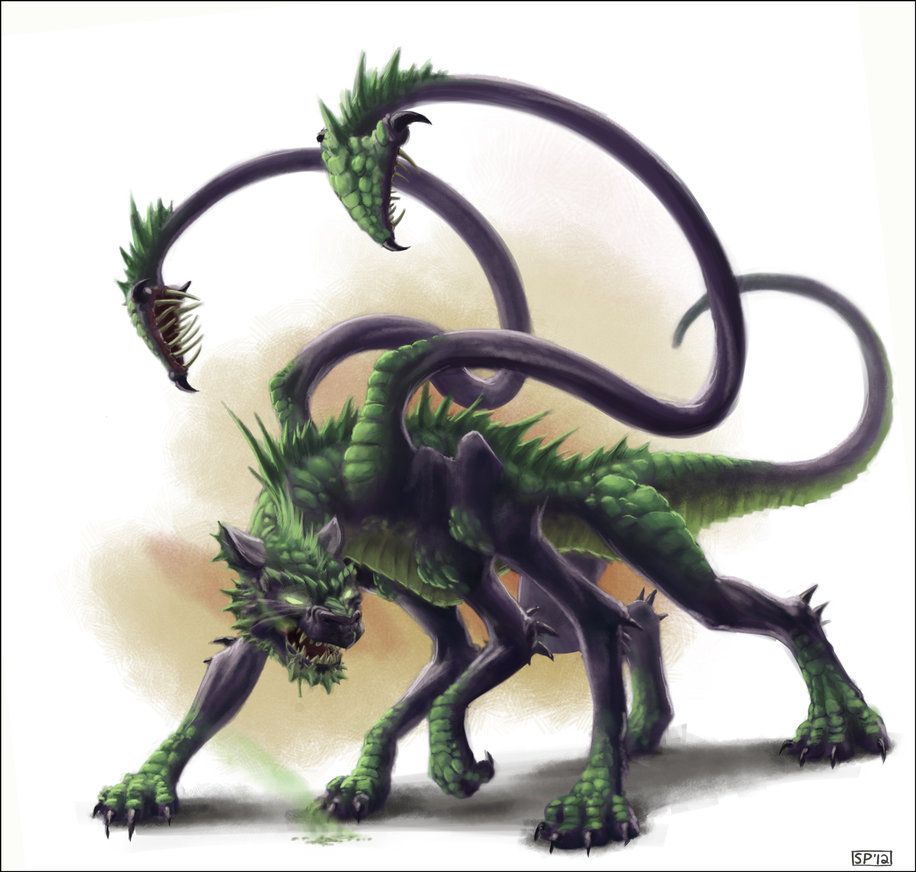
Where does the Displacer Beast live?
Generally these creatures tend to be rather reclusive. While they do enjoy torturing and killing their prey they generally prefer places which are not highly populated. Deep wilderness, forests, mountains, hills and even the deep desert are favored places of this creature. Even swamps have been known to be inhabited by Displacer Beasts. In general all of these places tend to be away from civilization and thus are likely places to find one of these creatures. And of course…you will find them in dungeons. They are a favored guardian for treasure troves and other areas of dungeons that should be kept secure from the prying eyes of delvers.

The origins of the Displacer Beast in Dungeons and Dragons
Certain sages have speculated that the origins of this creature may not be natural. Given this almost magical ability some believe that the Displacer Beast may have been bred specifically for this ability by some evil wizard. It seems rather odd that as hostile as the Displacer Beast is to other creatures that none of them have ever been known to harm another of it’s kind. This makes sages highly suspicious that these creatures have been specifically bred for the purpose of being dungeon guardians.
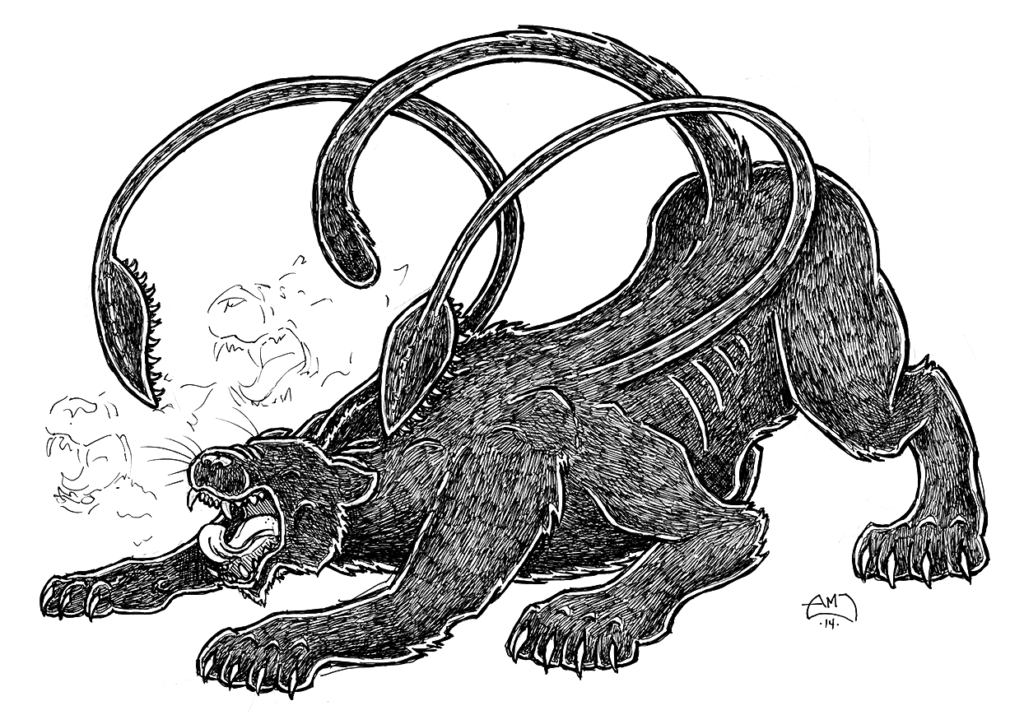
The Lair of a Displacer Beast in Dungeons and Dragons
When found in the wild they tend to live in caves. Only two adult Displacer Beasts will be found in such a lair. The litter of two Displacers can be as many as four cubs. But the birth rate for Displacer beasts tends to be rather low. One or two cubs is the typical litter. Cubs are born with a full set of teeth and are immediately able to eat meat. Displacer cubs are born with their eyes open. The newborn kittens have no tentacles yet. These tentacles grow over the course of eight weeks at a rate of about an inch a day. The cubs are ready to leave the lair in only four months.
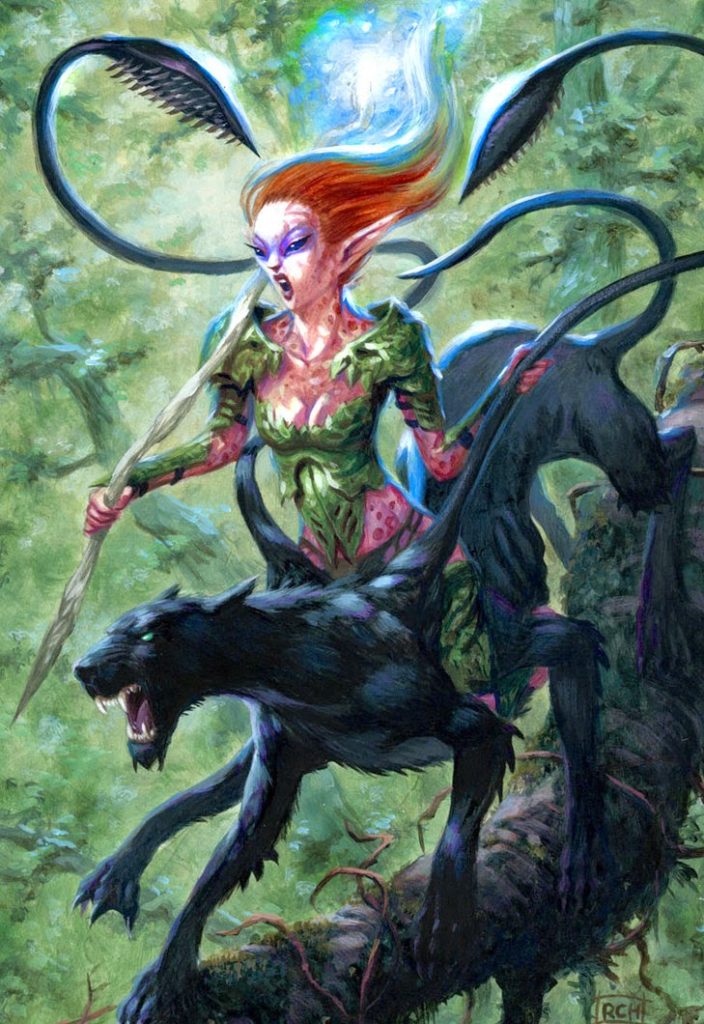
The Displacer Beast hunts like a cat
These creatures are distantly related to true cats. And they hunt in similar ways. However as these creatures are far more powerful than their distant cousins they feel confident to hunt much more dangerous game than any normal cat would. The can move silently like a panther. And strike very quickly. And they often hunt in a pack. They can move with great speed when necessary and can leap great distances. Displacer Beasts have been known to leap up to twenty feet in the air and as far as twenty five feet horizontally from standing. While running they have been known to jump almost double that distance.
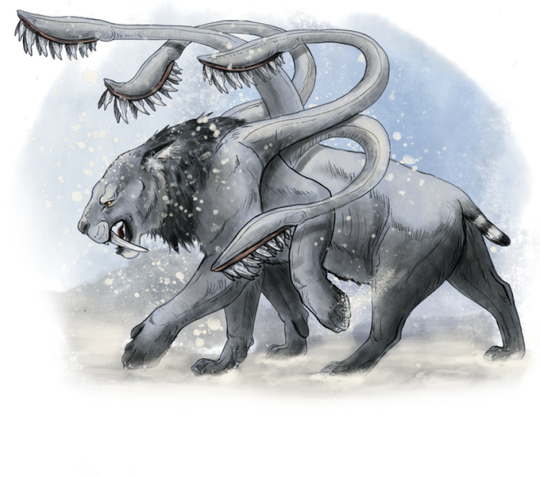
The Displacer Beast hates the Blink Dog more than any other creatures
Why does the Displacer Beast hate Blink Dogs more than any other creature? Is it that the Blink Dog can also use a similar ability to displace? Do they see this ability as some kind of mockery of their own? There certainly is no territorial dispute between the two as the Blink Dog tends to prefer open plains to the places where Displacer Beasts thrive. Some sages have suggested that because the Displacer Beast is related to cats perhaps this is why they hate the canine related Blink Dog.
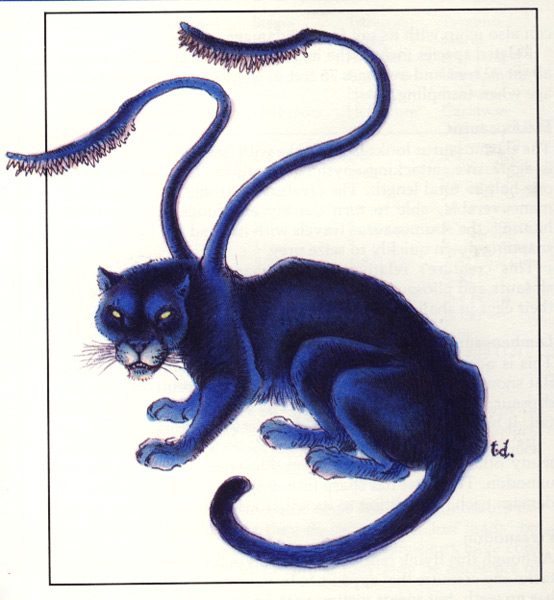
But according the article referred to earlier in the Dragon there may be another more likely reason. Apparently the blinking abilities of these creatures tends to interfere with the displacement ability in the other. In fact it seems to interfere with the nervous system of the Displacer Beast and possibly with their mental processes as well. These two creatures seem to have the innate ability to sense the other even from a distance. Even if neither creature is using it’s ability they seem to be able to sense the presence of the other. These two seem to be natural enemies. The presence of the other seems to invoke a fight or flight response. Blink Dogs, even as good natured as they are, have been known to attack anyone wearing a cloak of displacement on sight.
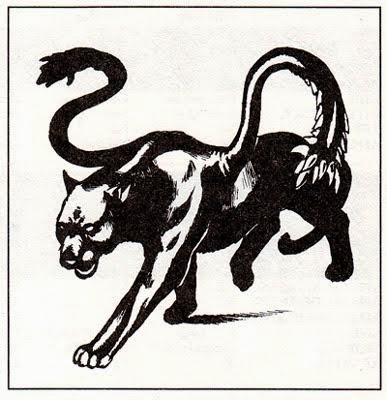
The Displacer Beast in Dungeons and Dragons is one of the most recognizable creatures from the game
Almost anyone who has played Dungeons and Dragons knows this creature and their abilities. It is an iconic creature which is specific to the game of Dungeons and Dragons. It is such an unusual creature that it is often greatly feared by adventurers. One encountering one, or a pack, of these beasts would be well advised to use great caution in engaging it in combat.
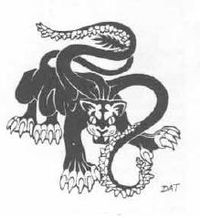
Other Monster Articles
If you enjoyed this article then you may enjoy some of my other articles in this series. These articles include:
- Beholders in Dungeons and Dragons
- Mind Flayers in Dungeons and Dragons
- Undead in Dungeons and Dragons
- Flying Monsters in Dungeons and Dragons


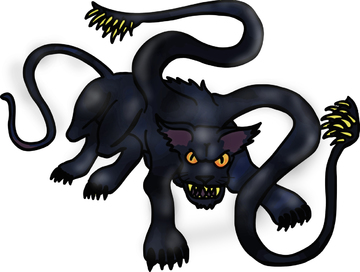
I thoroughly enjoy your articles.
Forgive me, but I’m an English teacher, so… https://www.grammarly.com/blog/its-vs-its/
Thanks.
Six limbs in total, but four legs or four arms?
Good question. The 5E monster manual calls all six of them legs in it’s description of the beast. The 2E Monstrous Manual says 6 legs as well yet shows a picture with only four. And the 1E Monster Manual makes no mention of legs at all but has a picture showing six. As at least two of the books that I own (I own no 4E or 3E books) describe them as legs I guess I will go with that answer.